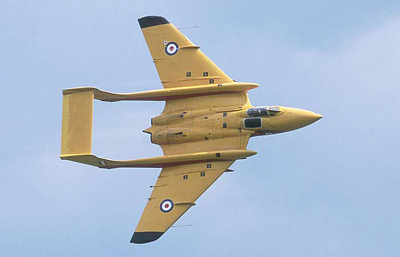Trecho do artigo abaixo:
The ‘Flying Shark’ Prepares to Roam the Seas: Strategic pros and cons of China’s aircraft carrier program
http://www.chinasignpost.com/2011/05/th ... r-program/
Strategic Drawbacks
1)
Carriers are inherently vulnerable.
When asked during a Senate hearing how long U.S. aircraft carriers would survive in a major war against Soviet forces, Admiral Hyman Rickover famously replied “about two days.” In a high-intensity confrontation against a foe with submarine, air, and surface-based anti-ship capabilities, the life expectancy of a Chinese carrier would probably be measured in hours. Anti-submarine warfare is perhaps the biggest weakness China that needs to rectify with respect to defending future carriers. Many of China’s neighbors, including Vietnam, Indonesia, and Malaysia, have all acquired, or have contracted for, quiet modern diesel attack submarines in recent years and the U.S., Indian, Japanese, and Australian navies all possess highly credible attack submarine capabilities.
2)
Carriers and their supporting ships and infrastructure are expensive. This reality derives in part from the carrier’s vulnerability to attack and in part from the fact that a variety of supporting systems are needed to ensure that a carrier can operate with maximum effectiveness. If the PLAN intends to conduct credible carrier operations in distant seas, it will likely need to acquire more advanced air defense vessels, enhance its at sea replenishment abilities, and acquire more nuclear attack submarines and better integrate land-based AWACS and tanker aircraft with its carrier-based aviation.
3)
An operational Chinese aircraft carrier capability is likely to unnerve China’s neighbors and potentially help to catalyze more formal regional security alignments aimed at counterbalancing China’s growing military power. Aircraft carriers are inherently a power projection tool. China’s neighbors and strategic competitors will likely seek to hedge against what they interpret as a signal of China’s desire to have a more robust naval capability that can transition quickly from soft to hard-power missions.
4)
Long lead time to actual operational capability gives potential regional adversaries time to build up countermeasures, which are often much cheaper and can be acquired relatively quickly. China’s large and active shipbuilding infrastructure and labor base is likely to reduce its carrier construction and outfitting costs relative to those of the U.S., for example. Still, domestically-built carriers will be expensive—with a final cost that will likely be equal to that of several Type 071 amphibious assault ships or helicopter carriers, which are very well suited for handling the contingencies China is most likely to face in coming years and would arouse less fear among China’s neighbors than a full-on aircraft carrier.
Potential Missions
1)
Asserting maritime claims in the South China Sea. This mission is certainly one for which a carrier embarking modern strike fighters like the J-15 would have a much greater military and diplomatic impact than amphibious assault ships or helicopter carriers. For this reason alone, Chinese carrier deployments are likely to be seen as threatening by neighboring countries like Vietnam that have competing claims in the South China Sea.
2)
Protecting/rescuing Chinese citizens and economic assets threatened by internal violence and chaos. When the J-15 naval strike fighter enters service, it will likely be able to deliver China’s most advanced precision guided munitions and would greatly enhance the PLAN’s ability to safeguard a rescue operation.
3)
Supporting sea lane security operations against low-intensity threats like the Somali pirates. Anti-piracy missions emphasize helicopters and embarked special forces for boarding vessels, but could be significantly enhanced with carrier-based dedicated airborne reconnaissance platforms. Carrier-borne strike fighters would also give China a credible way to threaten retribution if Chinese citizens were injured or killed by pirates.
4)
Humanitarian relief operations. China could reap real diplomatic benefits from having an operational carrier that could support intensive helicopter operations serving a disaster area like coastal zones impacted by the 2004 Indian Ocean Tsunami or Japan’s 2011 earthquake.










![Gargalhada [003]](./images/smilies/003.gif)





